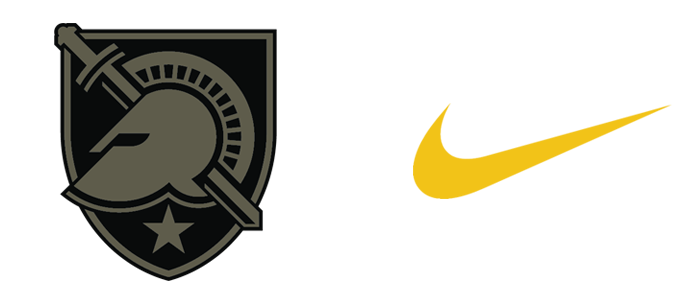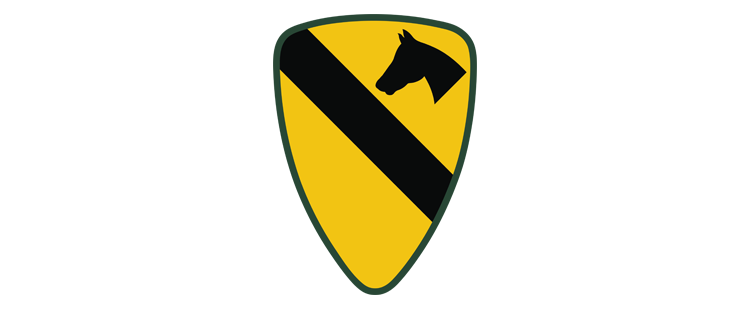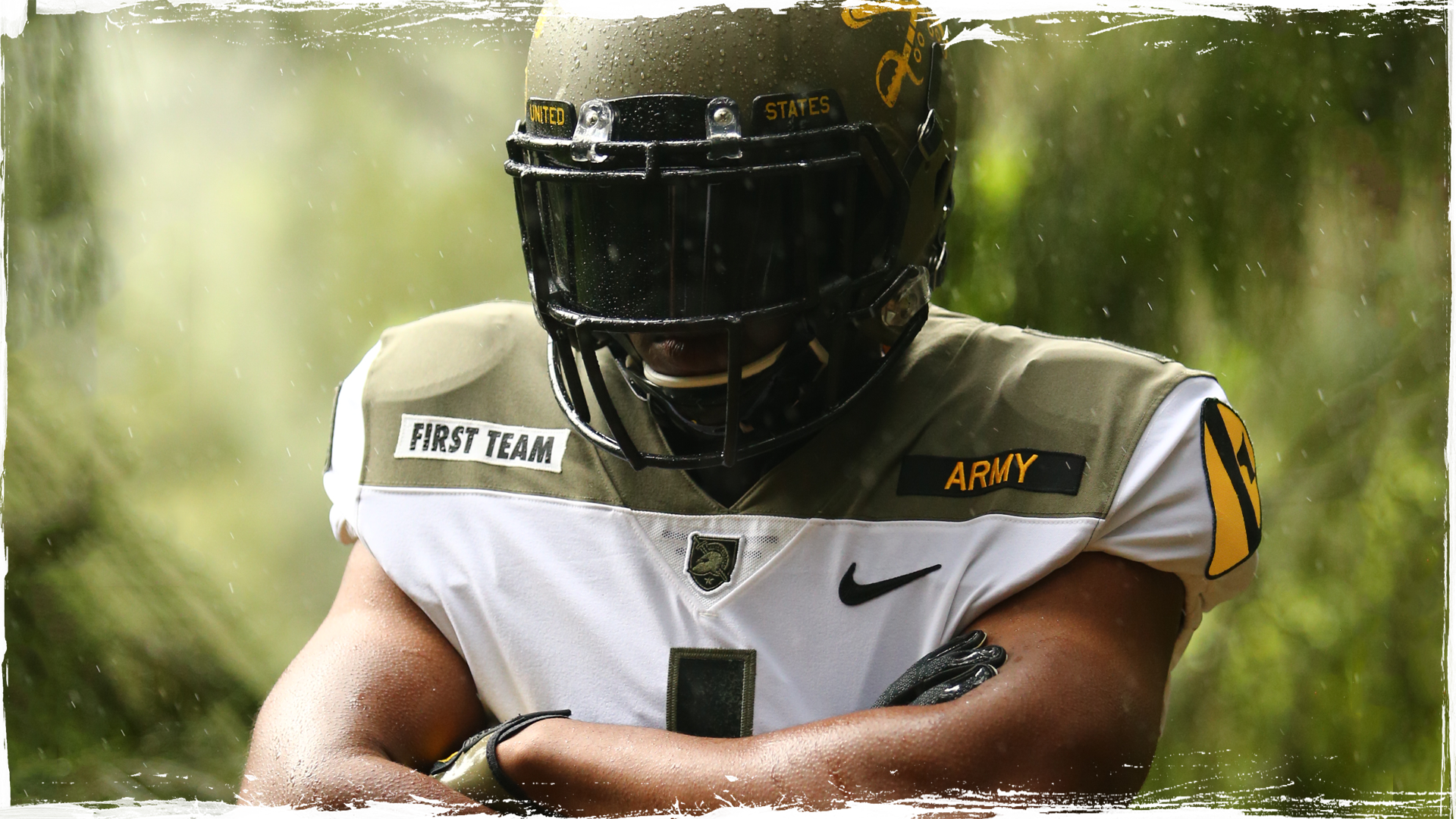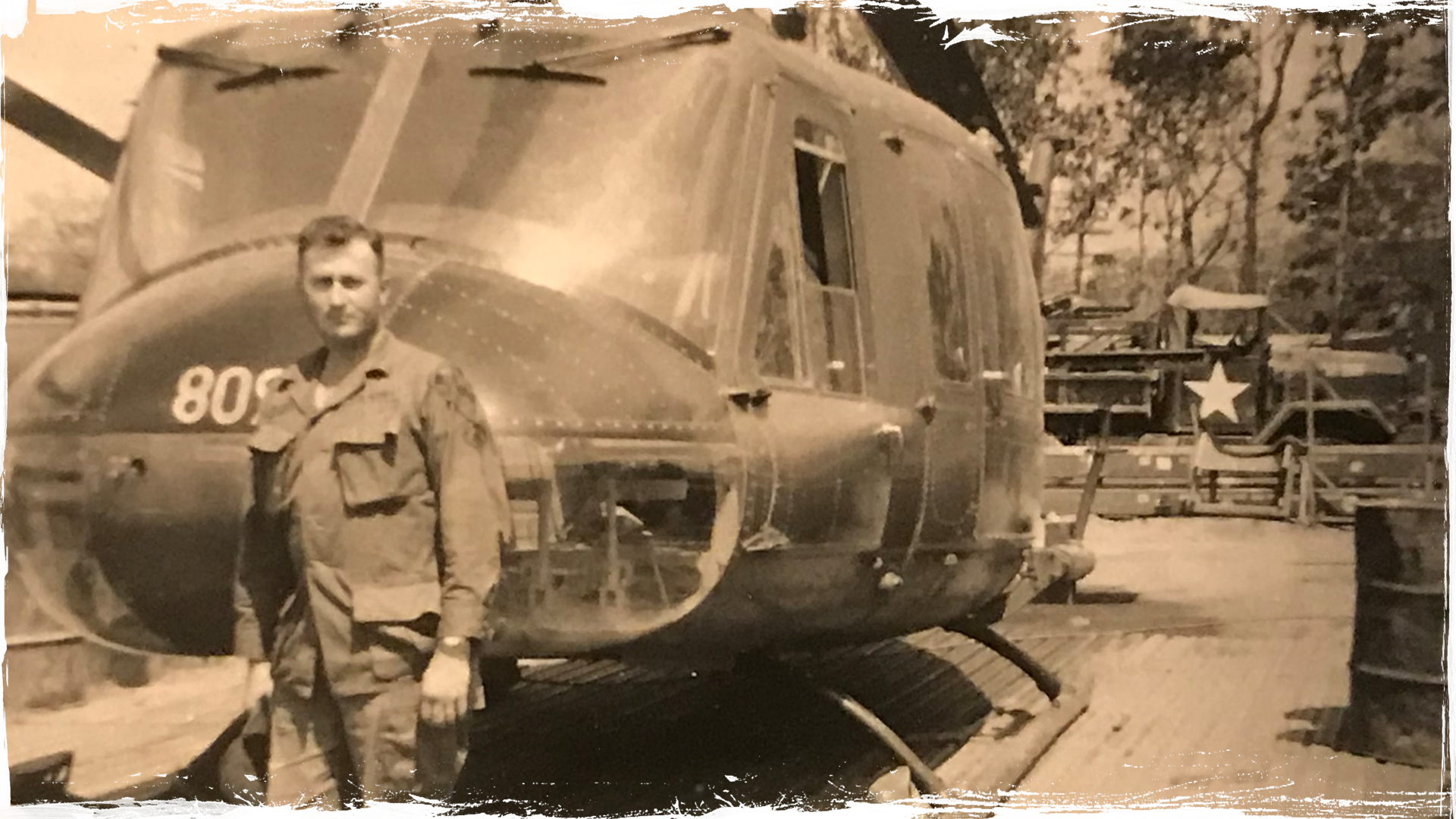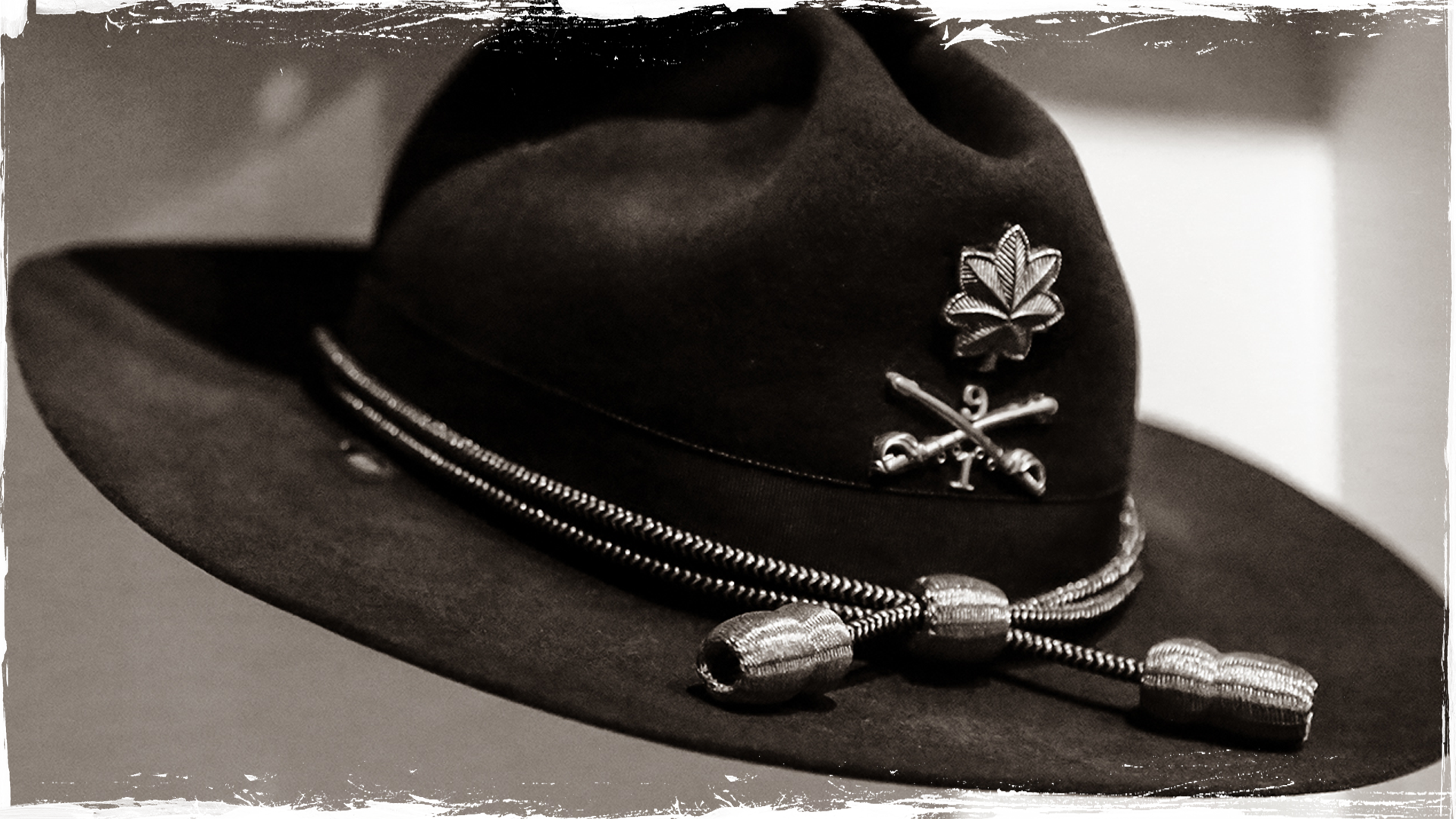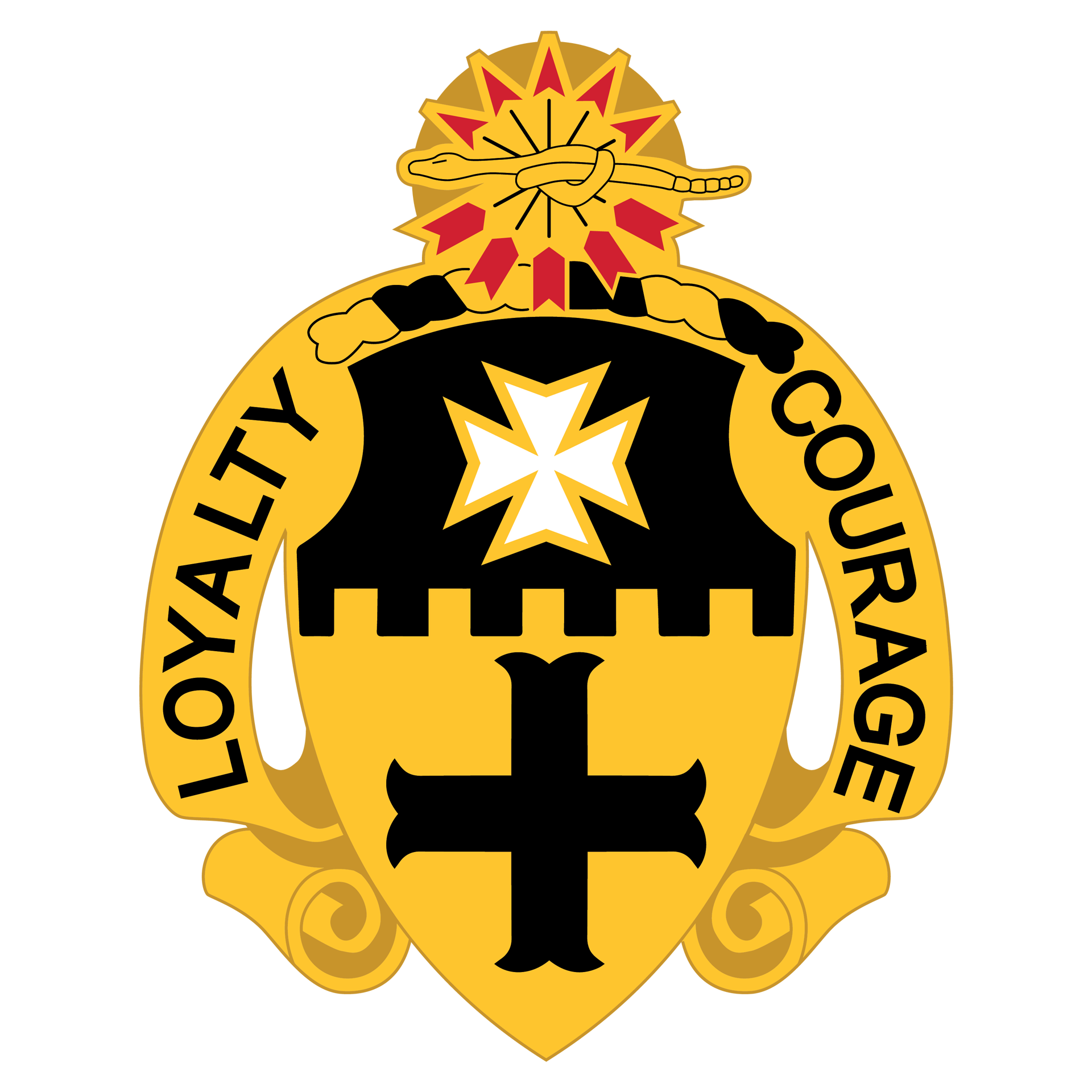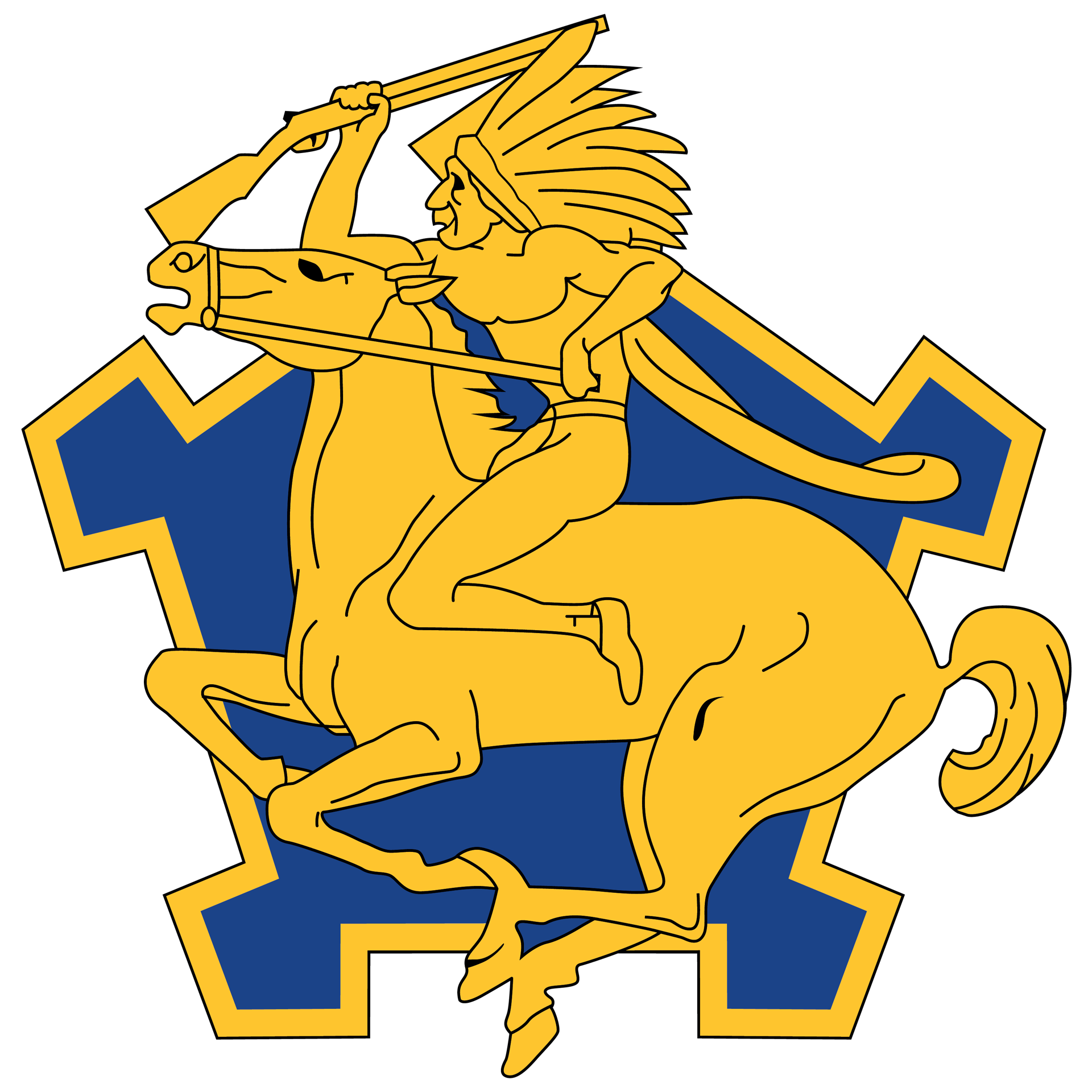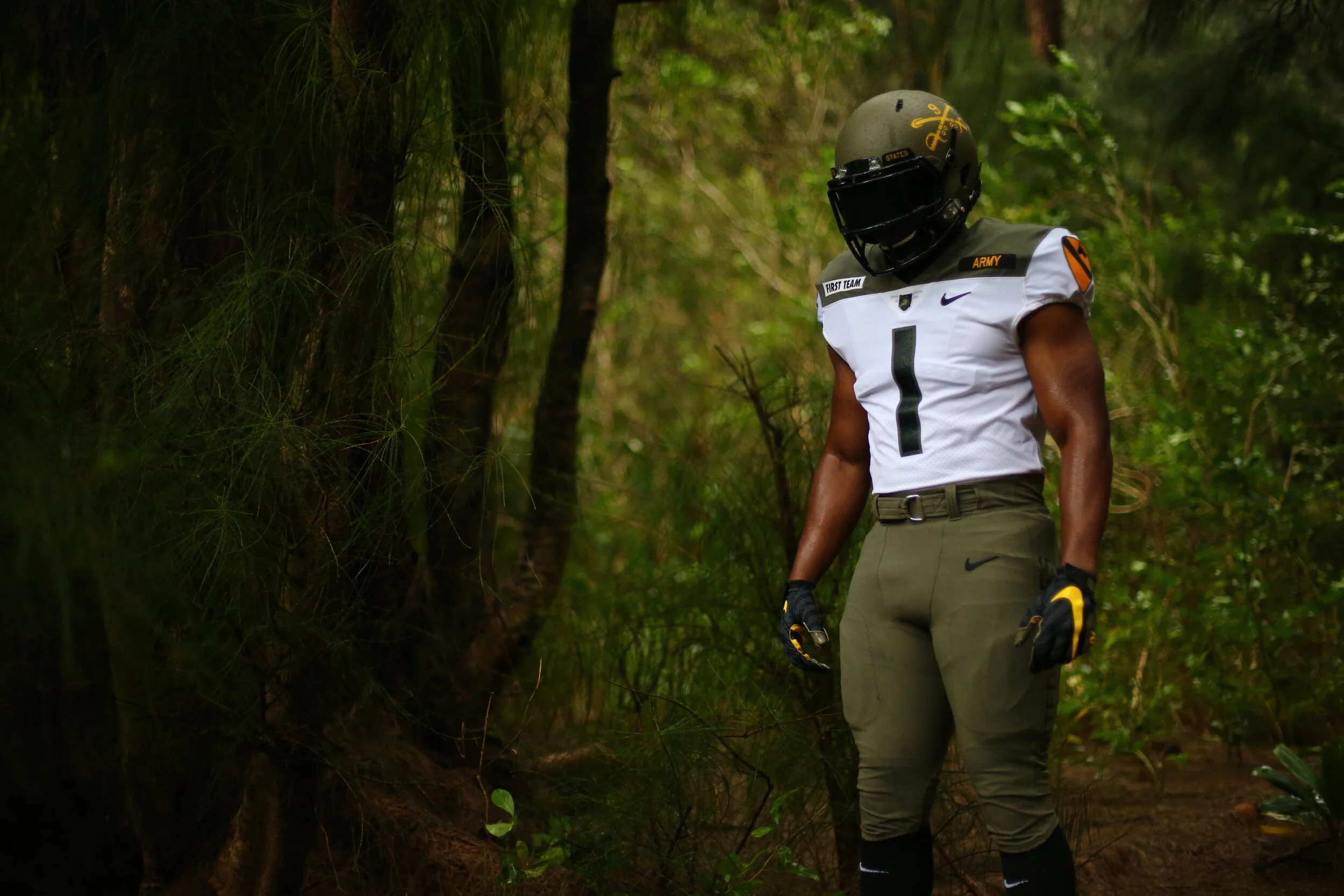
ARMY AND NIKE TEAM UP FOR 2019 ARMY-NAVY UNIFORM TO HONOR THE SOLDIERS OF THE 1ST CAVALRY DIVISION
THE 1ST CAVALRY DIVISION.
The 2019 Army-Navy Uniform tells the story of the soldiers of the 1st Cavalry Division and the birth of airmobility during the Vietnam War. THE DIVISION IS UNIQUE IN THAT Throughout its existence, the Division has served as a Cavalry Division, an Infantry Division, an Air Assault Division and an Armored Division.
We honor the past by re-telling the story of the “First Team!” A story of valor, courage, and sacrifice. Inspired, humbled, and motivated by the soldiers that came before us, we don their patches, adopt their mottos, and hold their deeds close to our hearts.
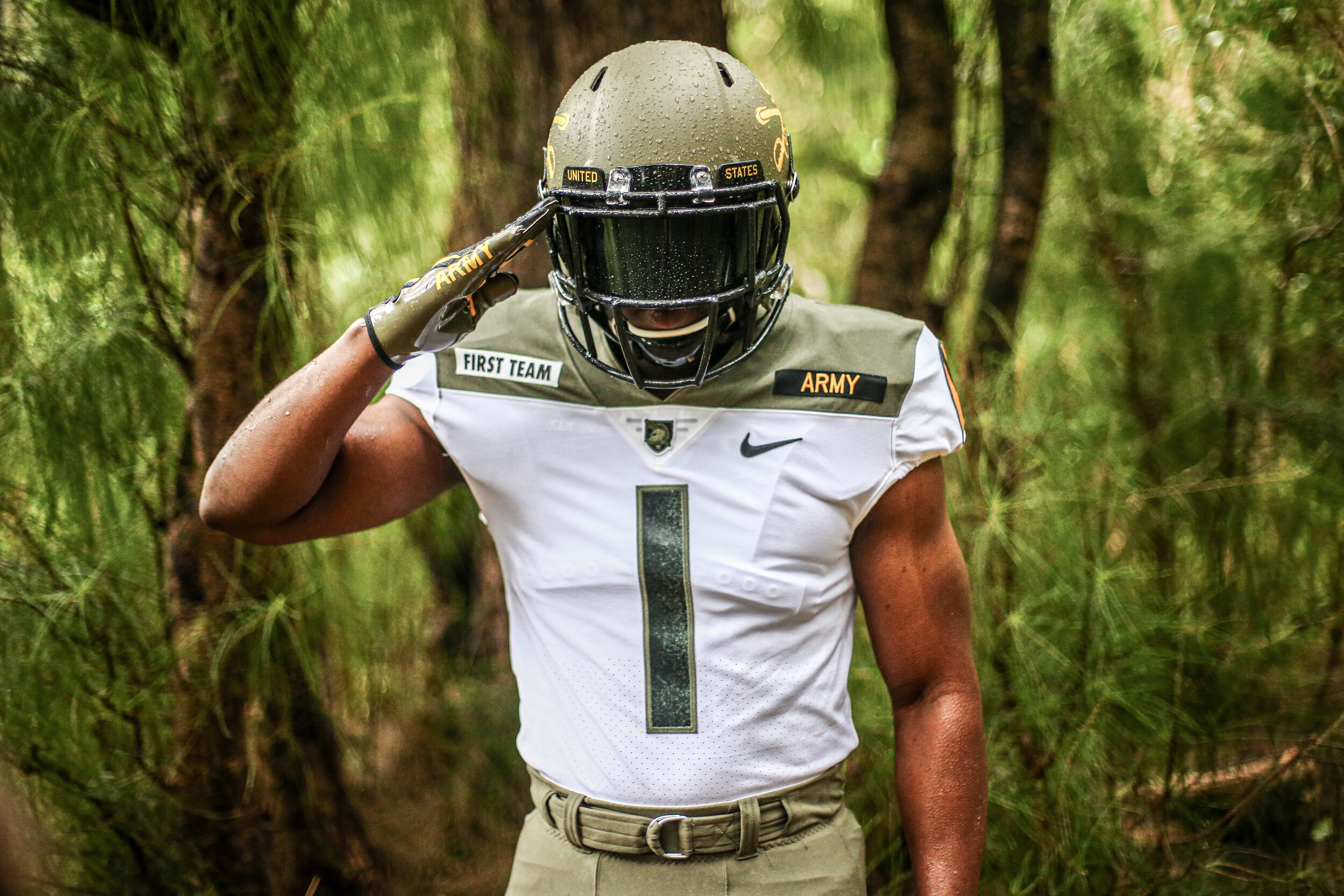
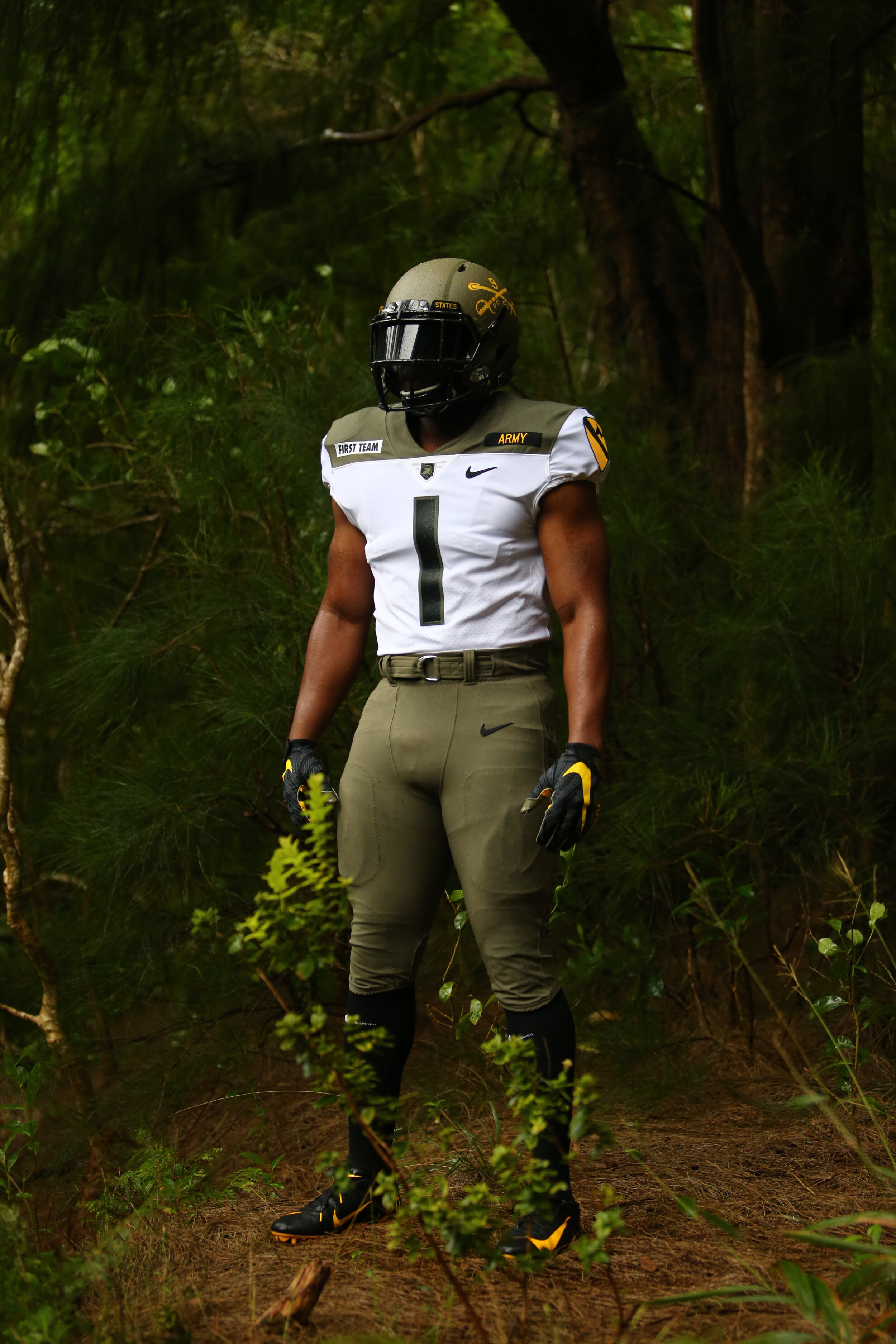


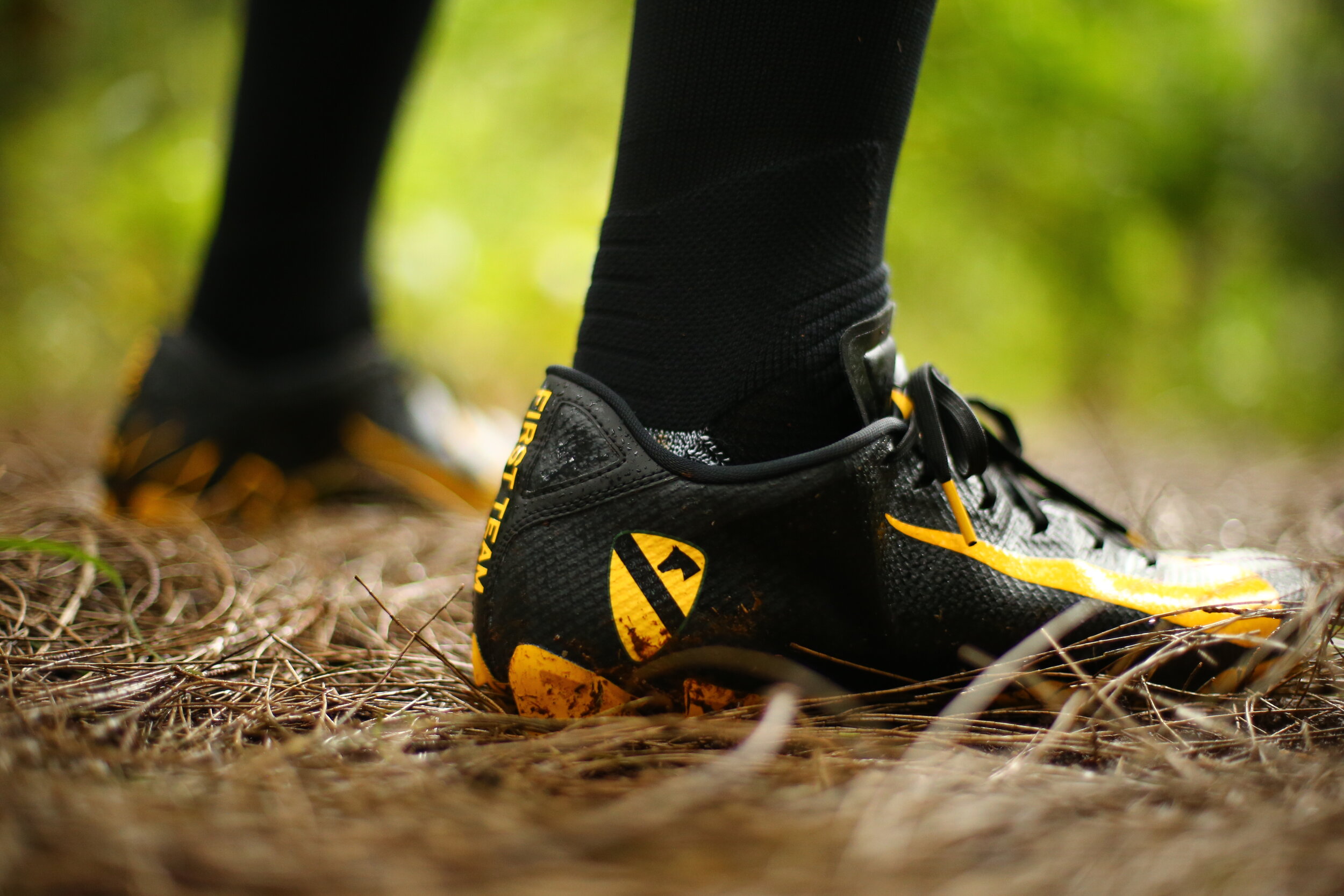



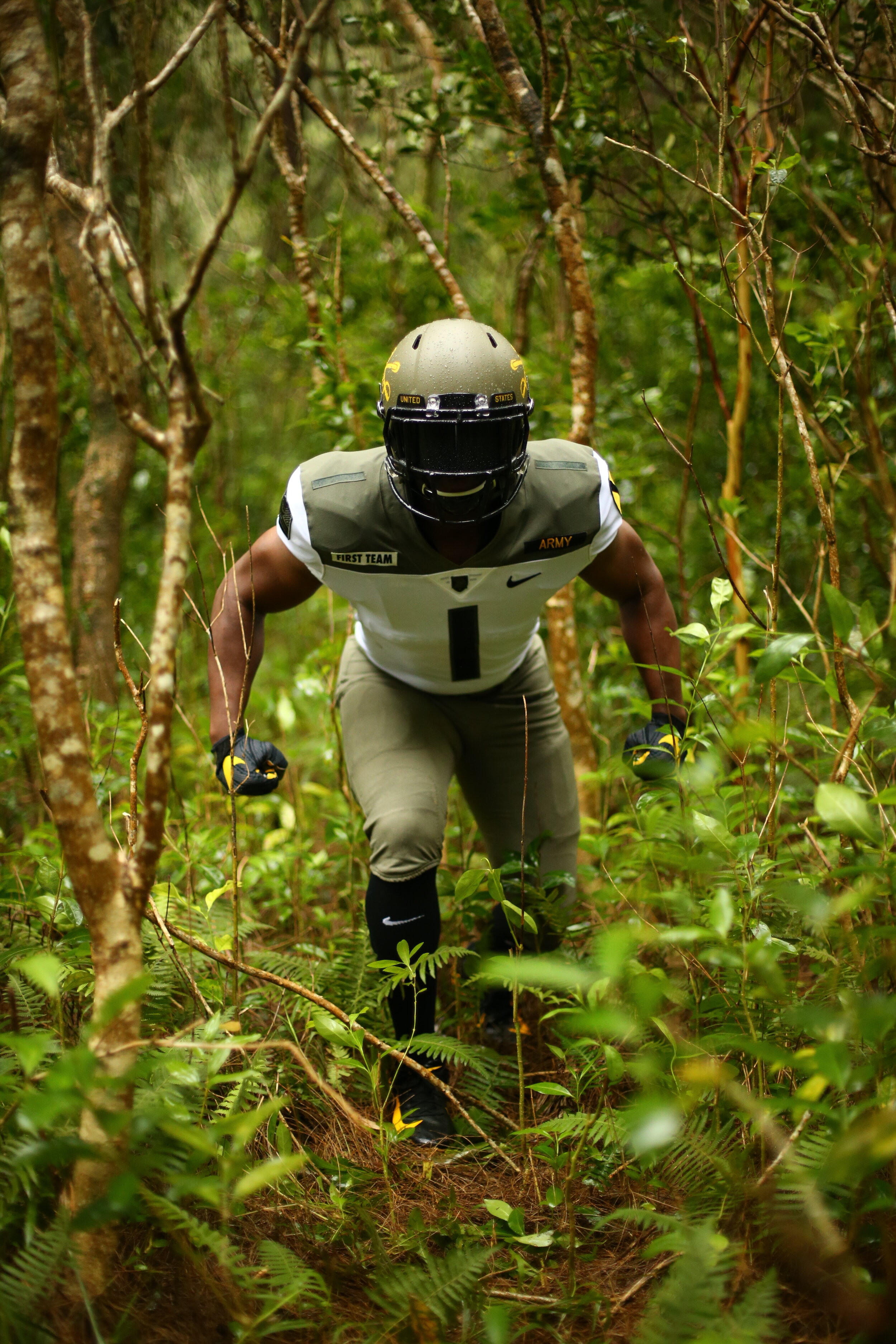
FIRST TEAM!
HOWZE BOARD - ORIGINS OF AIRMOBILE
The Tactical Mobility Requirements Board, which became known as “Howze Board” after its chairmen Hamilton H. Howze (USMA 1930), was created at the direct request of Secretary of Defense Robert McNamara to review and test new concepts integrating helicopters into the United States Army in light of looming conflicts like Vietnam. What became known as airmobility within the United States Army was a direct result of the Howze Board's findings.
Howze’s connections to West Point are deeply rooted. He and his brother, Major General Robert Lee Howze Jr. (USMA 1925), were both born at West Point while their father was serving as the Commandant of Cadets in 1908. The Army Football team’s practice field is named in honor of their father, Major General Robert Lee Howze (USMA 1888). Hamilton and his father are buried next to each other at the West Point Cemetery.
first large-scale use of helicopters in the U.S. Army
“Airmobility” means using the third dimension of the battlefield, the first 1,000 feet above the ground. There, aircraft, both fixed and rotary wing, could carry men and supplies; provide fire support; and give commanders a “bird’s eye” command and control. Redesignated from the 11th Air (test) Division out of Ft. Benning, GA, the 1st Cav Airmobile Unit would no longer ride into battle on horseback. They implemented the first large-scale use of helicopters in the history of the U.S. Army.
On July 28, 1965, President Lyndon B. Johnson, in a nationwide address, told the world, “I have today ordered the Airmobile Division to Vietnam”.
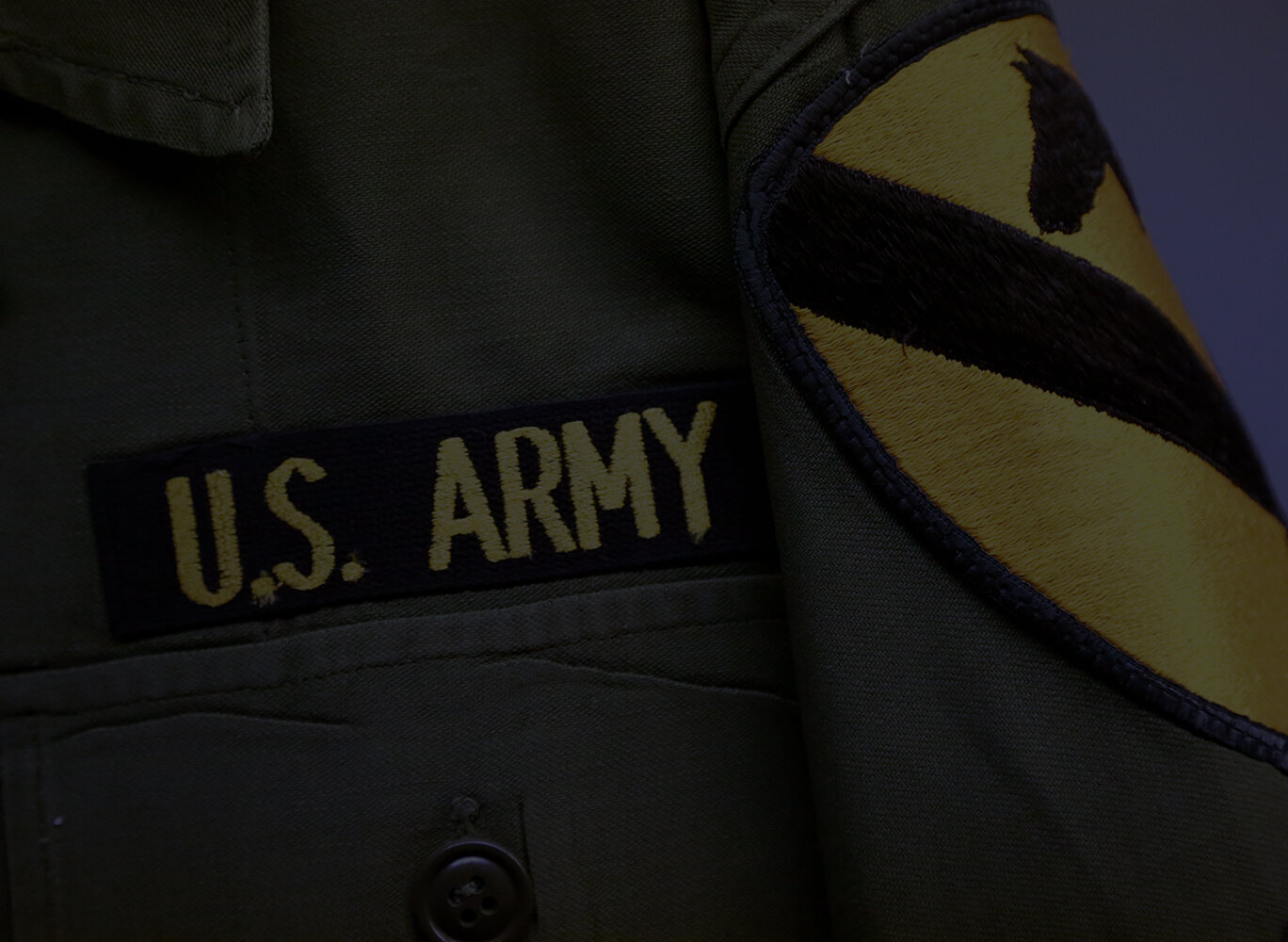
“The big yellow patch does something to an individual that makes him a better Soldier, a better team member, and a better American than he otherwise would have been.”
— General Creighton Abrams
UH-1 “Hueys”
It revolutionized the U. S. Army combat operations by providing the ability to rapidly mobilize large concentrations of troops en masse. This ability forever changed the face of warfare and gave a new name of "Airmobile" to the concept of operations. Today the Huey remains the most identifiable symbol of the Vietnam War. The Huey has several distinctive characteristics, including the loud "whomp whomp" sound it makes in flight. It is a particularly noisy helicopter, when in forward flight, the tip of the advancing rotor blade breaks the speed of sound, creating a small sonic boom.
The UH-1H model was produced more than any other Huey, with the U.S. Army alone receiving nearly 4,850 aircraft. The last UH-1 Huey made its final flight as a U.S. Army operated aircraft on December 15, 2016 after 42 years of service to every branch of the U.S. Military.
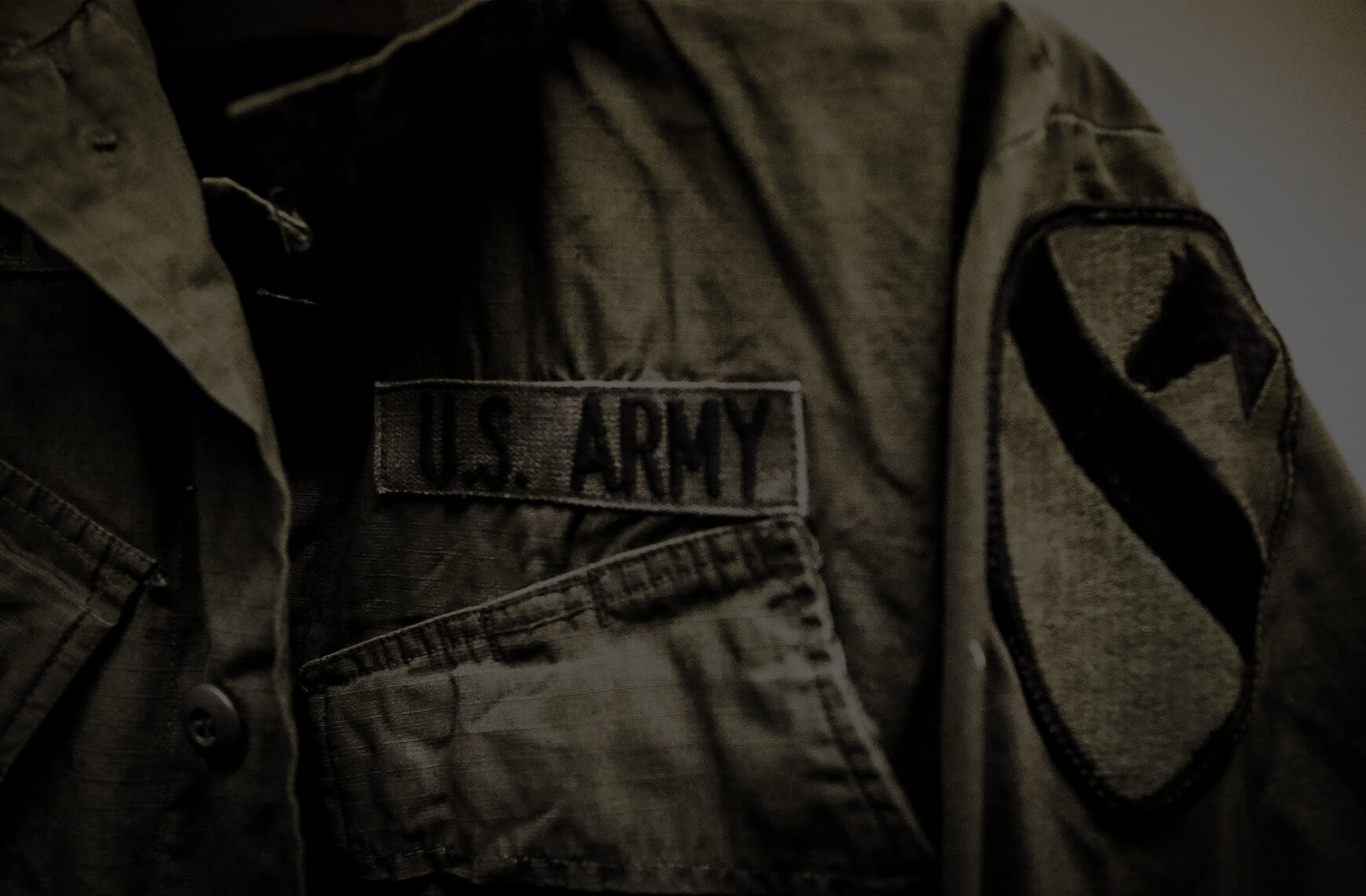
“Death is the price you pay for underestimating this tenacious enemy.”
— GENERAL HAL MOORE
LTC HAL MOORE AND THE 1/7TH CAV AT LZ X-RAY
The Battle of Ia Drang was the first major battle between the United States Army and the North Vietnamese Army as part of Pleiku Campaign conducted early in the Vietnam War. It comprised two main engagements, centered on two previously scouted helicopter landing zones (LZs), known as LZ X-Ray and LZ Albany.
The engagement at LZ X-Ray was the first large scale helicopter air assault and involved the 1st Battalion, 7th Cavalry Regiment and supporting units under the command of Lieutenant Colonel Harold “Hal” Moore (USMA 1945) from November 14–16, 1965 at LZ X-Ray. Surrounded and under heavy fire from a numerically superior force, the American forces at LZ X-Ray were able to hold off and drive back the North Vietnamese forces over three days of battle, largely through the support of both air power and heavy artillery bombardment, which the North Vietnamese lacked. LZ X-ray was considered an American tactical victory, as the Americans were able to exact an almost 10:1 kill ratio.
The LZ X-Ray battle was depicted in the 2002 movie “We Were Soldiers” and is based the book “We Were Soldiers Once…and Young”, which was authored by Hal Moore and Joseph L. Galloway.
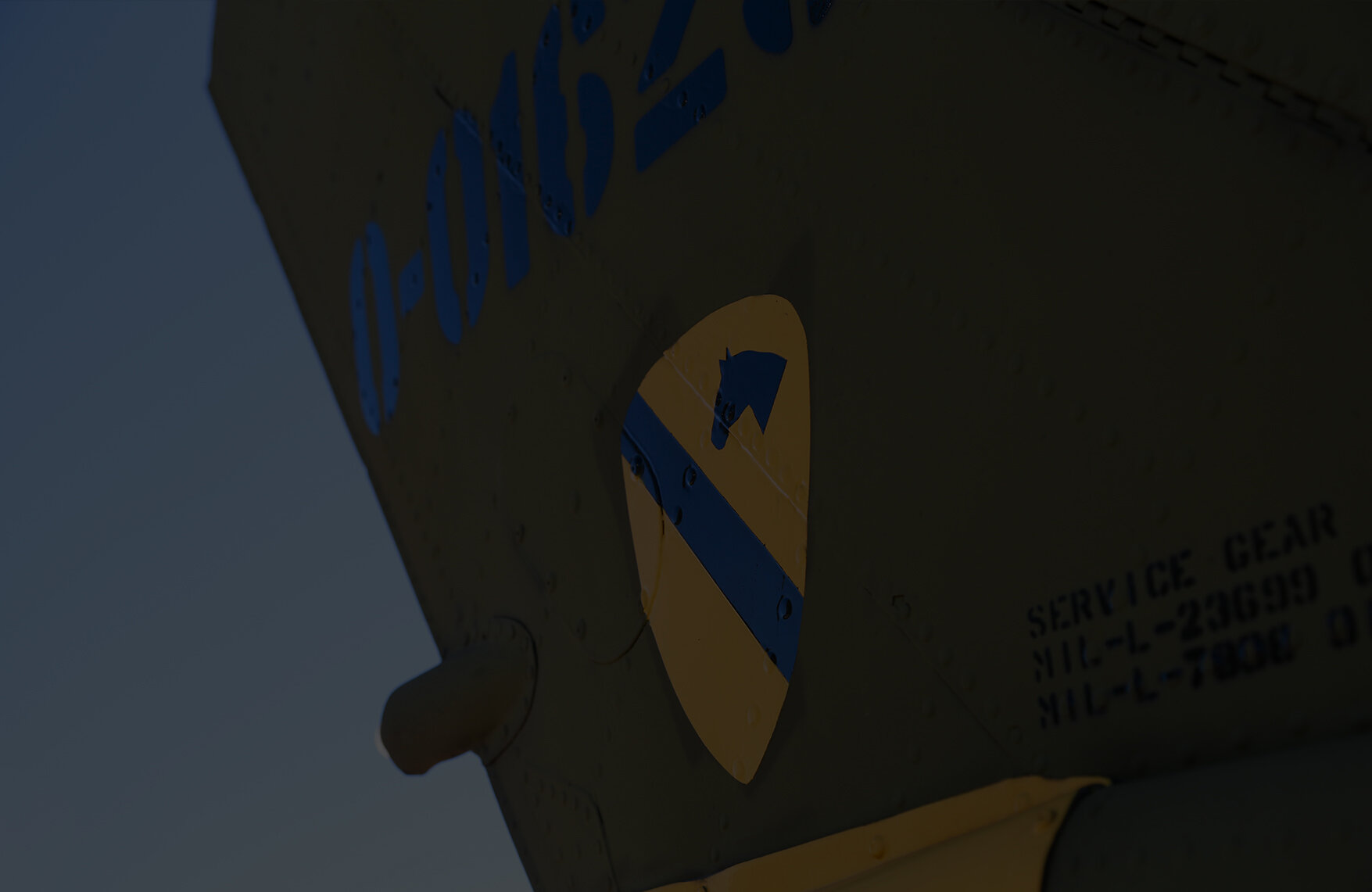
“An American Cavalry on the ground in Vietnam, but for the first time ever our warhorses could fly.”
— COLONEL TONY NADAL
CROSSED SABERS & CAVALRY STETSON
In 1851, the Army approved the pair of crossed sabers as the new insignia representing U.S. Army dragoons. They would be worn on the new style caps and become an iconic symbol of the 1st Cavalry Division.
The tradition of the “Cav Hat” began in the early days before the Vietnam War. The 11th Air Assault Division cavalry scout pilots were looking to distinguish themselves from other troops when they adopted the Model 1876 campaign hat for wear. They felt a need to return to the traditions of the Cavalry so long forgotten. LTC John B. Stockton, commander of the 3rd Battalion, 17th Cavalry Regiment, is given credit for establishing the tradition of wearing the Cavalry Stetson, much to the chagrin of the Division command group. By the time the 11th Air Assault Division was redesignated the 1st Cavalry Division (Airmobile) the members of his unit, the 1st Squadron, 9th Cavalry Regiment, were wearing the hat.
INSPIRED FONT

“The patch had to be large enough to be seen through the dust and sand at Fort Bliss and we made it that way because it is worn by big men who do big things.”
— Gladys Fitch “Mother” Dorcy
UNITS HONORED
Beginning in 1957, brigades replaced regiments as the military organization that commanded battalions. Battalions still retained regimental affiliation to allow unit histories to continue.”
5th cavalry
“LOYALTY AND COURAGE”
A member of the 1st Cavalry Division since 1922. It participated in twelve campaigns with the 1st Cavalry Division in Vietnam including the fight at LZ X-Ray. Six members received the Medal of Honor.
7th cavalry
“GARRYOWEN”
Organized after the American Civil War, the Garryowen regiment has been assigned to the 1st Cavalry Division since the Division’s 1921 activation. The 7th Cav participated in every Division action in Vietnam from the Central Highlands in 1965 to the 1970 Cambodia incursion. Seven men earned the Medal of Honor in the Vietnam War.
8th cavalry
“HONOR AND COURAGE”
One of the regiments assigned to the 1st Cavalry Division at the Division’s 1921 activation, was present at all the major Division events in Vietnam. The 8th Cav was awarded two Presidential Unit Citations and a Valorous Unit Citation. Four men earned the Medal of Honor in the Vietnam War.
9th cavalry
“WE CAN, WE WILL”
The 9th Cav Regiment participated in every major action of the Division. The Division’s air cavalry squadron was completely mobile with organic transport. They were credited with almost 50 percent of the Division’s confirmed kills, earning the nickname “The Headhunters”. On 28 June 1971, the majority of the 1/9th Cavalry returned from Vietnam as the most decorated unit of the war. The 9th Cav earned 3 Presidential Unit citations and 5 Valorous Unit Citations in Vietnam. Three men earned the Medal of Honor in the Vietnam War.
12th cavalry
“SEMPER PARATUS”
A member of the 1st Cavalry Division since 1933. During the Vietnam War units of the battalion participated in 12 campaigns. The 12th Cav earned three Presidential Unit Citations and three Valorous Unit Awards in Vietnam.
YOUR STORY
Do you have a relative or someone close to you who served with the 1st Cavalry Division? Post on Twitter, or Instagram using #FirstTeam and your post could be featured Here! (Posts must be publicly viewable and not set to private sharing setting) Photos are encouraged. Beat Navy!
